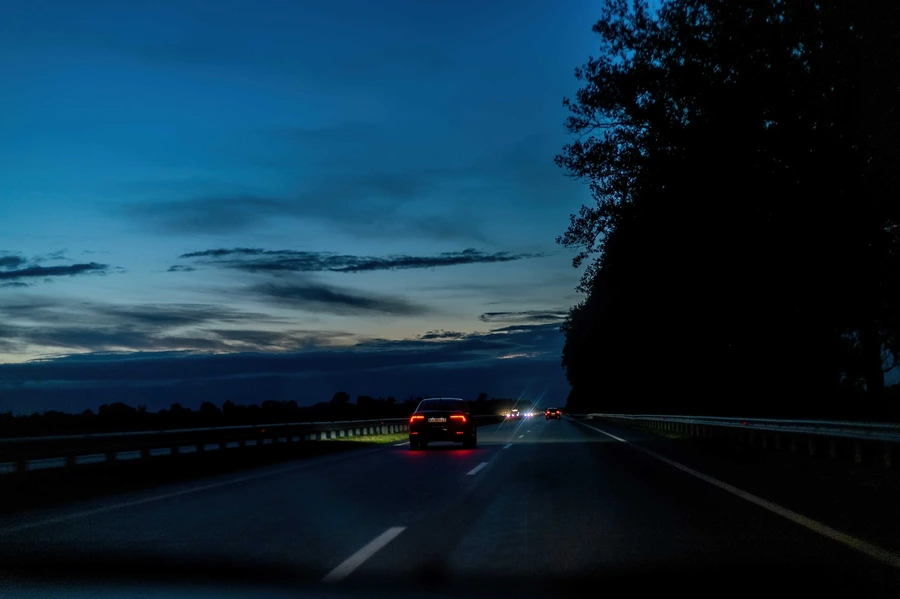As the fall season settles in, we all know what's coming – the end of Daylight Savings Time. While many of us appreciate that extra hour of sleep, the earlier sunset can catch us off guard, leading to more nighttime driving. The shift in time can disrupt our daily routines and affect our circadian rhythms, making driving in the dark more challenging. In this blog, we'll explore some essential safety tips for driving at night as we transition into fall's shorter days.
The Fall Back: Daylight Savings Time Ends
Before diving into nighttime driving safety, let's briefly discuss the end of Daylight Savings Time (DST). Every year, typically on the first Sunday of November, we set our clocks back one hour. This means we gain an extra hour of sleep and experience more daylight in the morning hours, but the trade-off is that it gets dark earlier in the evening. The sudden shift can take some adjustment, especially when it comes to driving safely during the darker hours.
Safety Tips for Driving at Night
-
Check Your Vehicle's Lights: Ensure all your vehicle's lights are functioning correctly. This includes headlights, taillights, brake lights, and turn signals. Proper lighting is crucial for visibility and signaling your intentions to other drivers.
-
Clean Your Windshield: A clean windshield is essential for clear visibility at night. Dust, dirt, and streaks can scatter and reflect oncoming headlights, making it difficult to see the road ahead. Regularly clean your windshield inside and out.
-
Adjust Your Headlights: Make sure your headlights are properly aligned and adjusted. Misaligned headlights can blind oncoming drivers or create blind spots on the road. If needed, consult a professional to adjust them correctly.
-
Reduce Speed: Lower your driving speed when it's dark, especially on unfamiliar roads. Reduced visibility makes it challenging to spot hazards, pedestrians, or wildlife that may cross your path.
-
Increase Following Distance: Maintain a safe following distance from the vehicle in front of you. This provides more time to react to sudden stops or obstacles and reduces the risk of rear-end collisions.
-
Use High Beams Wisely: Use high beams on dark, unlit roads with little traffic, but remember to switch to low beams when approaching other vehicles to avoid blinding drivers.
-
Avoid Distractions: Distracted driving is dangerous at any time, but it's even riskier at night. Put away your phone, focus on the road, and stay alert.
-
Stay Awake and Alert: Fatigue can set in quickly when driving at night. Take breaks, switch drivers if possible, and stay well-rested before embarking on long journeys.
-
Watch Out for Wildlife: In many areas, wildlife is more active at dawn and dusk. Be extra cautious and aware of potential animal crossings, especially in rural or wooded areas.
-
Plan Your Route: Familiarize yourself with the route and consider alternative routes if necessary. GPS navigation systems can be helpful, but don't rely solely on them. Always carry a paper map or have a backup navigation plan.
-
Emergency Kit: Carry an emergency kit in your vehicle, including items like a flashlight, first aid supplies, blankets, and non-perishable snacks. You never know when you might need them.
-
Drive Sober: Never drive under the influence of alcohol or drugs. Impaired driving is illegal and significantly impairs your ability to drive safely, especially at night.
By following these safety tips, you can navigate the challenges of driving at night, whether due to the end of Daylight Savings Time or any other reason. Remember, your safety and the safety of others on the road should always be a top priority, no matter the time of day or year.








